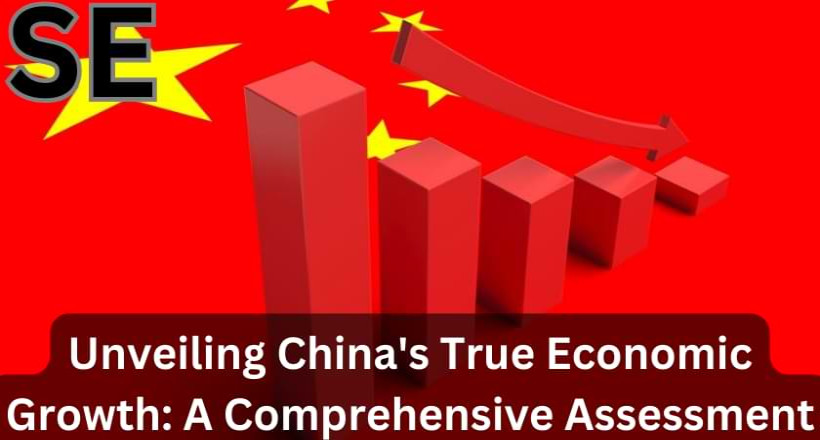Unveiling China's True Economic Growth: A Comprehensive Assessment

In the realm of economic analysis, accurately measuring a nation's growth is of paramount importance. China, being one of the world's leading economies, demands a comprehensive assessment approach to understand its true economic growth. Inspired by the methodology of former Chinese Prime Minister Li Keqiang, this article delves into alternative indicators that provide valuable insights into China's economic performance. By examining electricity consumption, rail cargo, and money supply, we can uncover a more reliable gauge of China's economic growth.
The Li Keqiang Index: A Brief Overview:
First introduced in 2010, the Li Keqiang Index has gained recognition as an unofficial proxy for China's economic growth. It comprises three key indicators: electricity consumption, rail cargo, and bank lending (later replaced by the money supply metric, M2). These indicators were favored by Li Keqiang himself during his tenure as party secretary for Liaoning province due to their perceived reliability compared to the province's GDP figures.
Unleashing the
Power of Alternative Indicators:
The Li Keqiang Index's effectiveness has been substantiated by various research studies conducted by esteemed institutions such as the Federal Reserve Bank of San Francisco and the New York Fed. These studies have examined the correlation between the Li Keqiang Index and China's economic growth, shedding light on the optimal combination of indicators for a comprehensive assessment.
1. Electricity Consumption:
As a fundamental measure of industrial activity, electricity consumption reflects the vitality of China's manufacturing sector. A surge in electricity consumption indicates increased production and robust economic growth. Conversely, a decline could signify a slowdown or adverse economic conditions. Analyzing electricity consumption provides a reliable glimpse into China's overall economic performance.
2. Rail Cargo:
Rail cargo serves as an essential gauge of transportation and logistics within China. It captures the movement of goods across vast distances, enabling a broader understanding of trade and economic activity. By tracking rail cargo volumes, analysts can uncover
“ Stay ahead of the news with The Speed Express. We delivers the latest, most accurate and relevant information on politics, business, sports, entertainment and more. Get informed, always. ”
trends in domestic and international trade, providing valuable insights into China's economic growth trajectory.
3. Money Supply (M2):
While bank lending was initially included in the Li Keqiang Index, the subsequent substitution with M2 proved more effective in capturing the impact of government policies on shadow lending. M2 measures the money supply, encompassing currency in circulation, demand deposits, and other liquid assets. It reflects the availability of credit in the economy and helps assess the overall health of China's financial system.
Refining the Index: Optimal Weights and Methodology:
Researchers have endeavored to refine the Li Keqiang Index by determining the optimal weights for each indicator. Based on studies conducted by the New York Fed, a combination of 60% weight to loans (or M2), 30% to electricity consumption, and 10% to rail cargo offers a more accurate representation of China's economic growth. This balanced approach ensures that no single indicator dominates the index, providing a comprehensive view
of the nation's economic performance.
Maximizing Accuracy in Economic Analysis:
By leveraging the Li Keqiang Index's underlying indicators and refining the methodology, economists and analysts can gain a deeper understanding of China's economic growth. It is important to note that these alternative indicators are not without limitations, and their effectiveness may vary in different economic contexts. Nonetheless, embracing a multi-dimensional approach to economic analysis allows for a more comprehensive and robust assessment of China's economic performance.
Conclusion:
China's true economic growth is a topic of great significance, demanding accurate and reliable measurements. The Li Keqiang Index, inspired by former Prime Minister Li Keqiang's methodology, offers valuable insights into China's economic performance. By considering indicators such as electricity consumption, rail cargo, and the money supply (M2), analysts can derive a more comprehensive understanding of China's economic growth trajectory. As the global economic landscape evolves, refining these indicators and methodologies becomes crucial for accurate economic analysis and decision-making.









